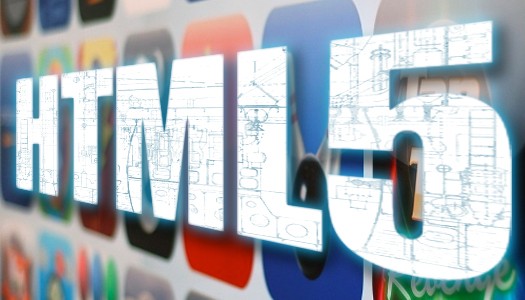 HTML What?
HTML What?
Hyper Text Markup Language, better known as HTML, has been around since the emergence of the world wide web. It is the language that allows browsers to communicate with web pages, and become translated into digestible content. We’re in the midst of an exciting time in technology where the roll-out date (2014) for the highly anticipated HTML5 is so soon. But what does this mean for developers and general Internet users?
HTML Context
HTML made its debut in 1990 with few changes to date. It’s difficult to comprehend why or how a language that is nearly 15 years old is still being used to code web pages, when technology has advanced at such a rapid speed.
In my lifetime, I’ve witnessed the development of Web 2.0 with the integration of information communication technology platforms, and now we’re on the cusp of Web 3.0.
Web 3.0. is all about accessibility and being able to maximize the scope of viewership, paired with the creation of dynamic content – an area that HTML5 is expected to excel in.
So long, plug-ins
Even though HTML5 is still not ‘officially’ released, there have been many victories during the formative stages. Many developers agree that one of the most notable improvements is the integration of video and audio through mark-up tags, which eliminates the need for third party software. As HTML5 becomes prevalent, users will no longer be heckled to download the latest version of Quicktime, Flash Player, or Silverlight to view the content, making the experience of browsing far more practical and enjoyable. iPhone users may have beef with Apple for the decision to forbid Flash content on their devices, but the general sentiment is that these applications are becoming obsolete. Adobe Flash still holds a purpose, but the bottom line is that its compatibility with mobile applications remains sub-par.
Ease of Access
HTML5 will make your browsing experience personalized as it will incorporate resources like geolocation and promote greater interactivity. With the removal of third party software, mobile devices will be able to display dynamic content. This means games and video won’t be as restrictive, and loading times will be faster or even non-existent.
Cross-Browser Viewing
Have you ever viewed a website at home, most likely on your Firefox or Chrome browser (if you’re inclined to read my column, I’m going to assume you’re doing so from a compatible browser), only to view it at work on Internet Explorer to find that it looks completely different? This is because each browser requires different HTML tags in order for them to display content properly.
If the developer forgot to incorporate the additional tags (by forget, I mean, was lazy), then it changes your user experience. HTML5 aims to eliminate these problems by making their tags more universally recognized. This will be implemented in most browsers, with the exception of Internet Explorer (up until version 8), although there are whispers of a fix to this problem as well.
The HTML5 Revolution
HTML tags are the building blocks that can take the Internet to the next level. Although these may seem like ‘minor’ differences from the websites we see today, programmers and developers will be utilize tools like HTML5 to change the Internet in ways that we cannot even predict. It sure is an exciting time to be a technology columnist as Mindthis will continue to provide easy reads on Web 3.0 for young professionals.




